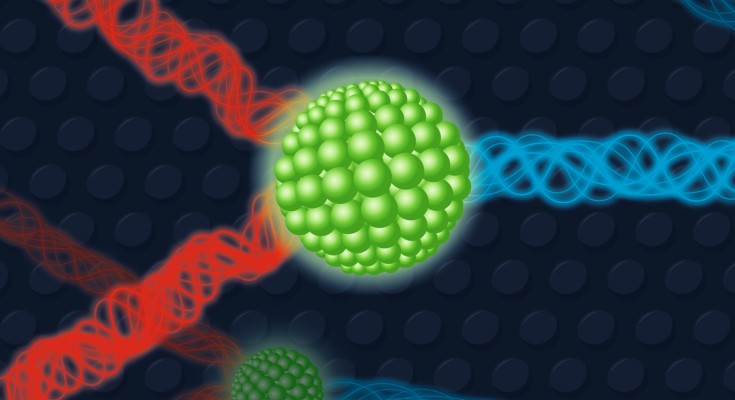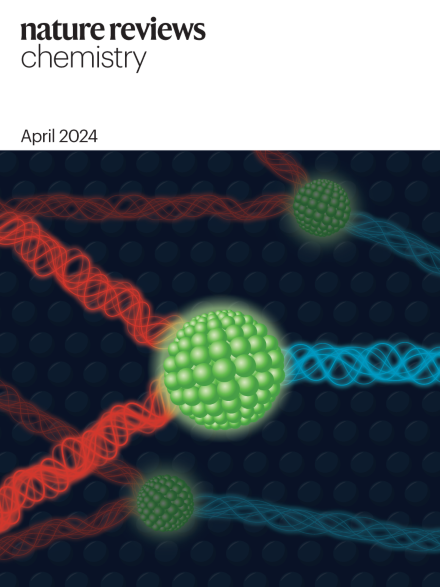
Two become one
Upconversion can enable excitation of molecules in hard-to-reach areas which short-wavelength light cannot reach. Lower energy photons are more likely and their combination can excite such targets.

Upconversion can enable excitation of molecules in hard-to-reach areas which short-wavelength light cannot reach. Lower energy photons are more likely and their combination can excite such targets.


Radiopharmaceuticals are becoming an essential tool in the fight against cancer, and the field has been diversified with the investigation of f-block elements over the past decade. Here we discuss the highlights in 2023 research leading the charge in utilizing f-block elements in innovative ways, changing how we treat these diseases.
